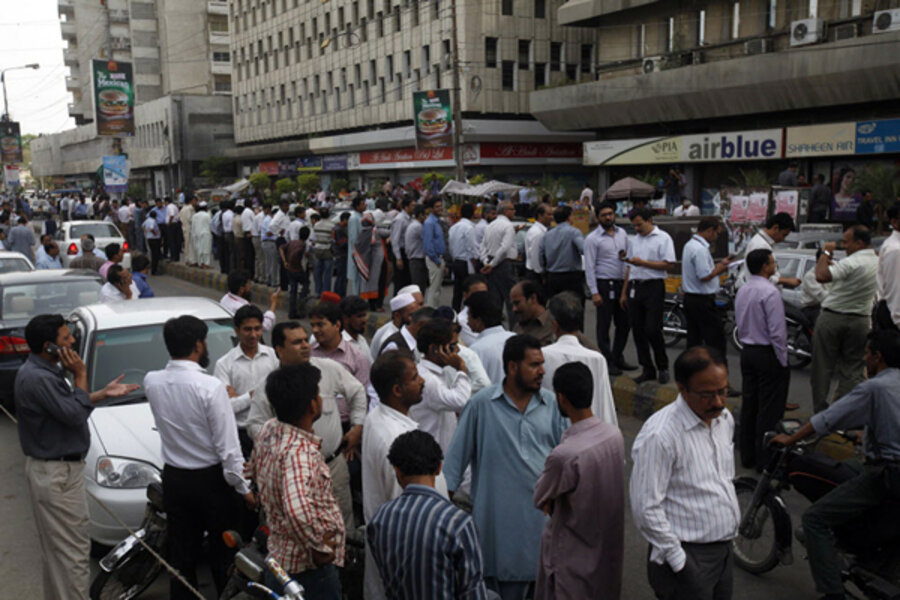Iran earthquake, at least 7.7 magnitude, strikes along Iran-Pakistan border
Loading...
| TEHRAN, Iran
A major earthquake described as the strongest to hit Iran in more than half a century flattened homes and offices Tuesday on both sides of the Iran-Pakistan border, killing at least 46 people in the sparsely populated region and swaying skyscrapers and buildings as far away as New Delhi.
Iran's Red Crescent said it was facing a "complicated emergency situation" in the area with villages scattered over desolate hills and valleys.
Iran's semiofficial ISNA news agency and others described the quake, measured at least magnitude 7.7, as the strongest quake in more than 50 years. State-run Press TV called it a "massive quake."
It also was the second deadly quake to hit Iran in less than a week after a magnitude 6.1 temblor struck near Bushehr, on Iran's Persian Gulf coast, killing at least 37 people and raising calls for greater international safety inspectors at Iran's lone nuclear reactor nearby.
Press TV said the quake was centered near Saravan, about 50 kilometers (26 miles) from the Pakistani border. A previous report citing the country's seismological center placed the strength at magnitude 7.5, but it was apparently revised upward. The U.S. Geological Survey put the preliminary magnitude at 7.8 and at a depth of 15.2 kilometers (nine miles).
Press TV said least 40 people were killed, but gave no other immediate details on the extent of damage or casualties. State-run Pakistan Television, meanwhile, said at least six people were killed on its side of the border and at least 47 others were injured. Up to 1,000 mud homes were damaged, it added.
The quake was felt over a vast area from New Delhi to Gulf cities that have some of the world's tallest skyscrapers, including the record 828-meter (2,717 -foot) Burj Khalifa in Dubai. Officials ordered temporary evacuations from some high-rises as a precaution.
A resident in the quake zone, Manouchehr Karimi, told The Associated Press by phone that "the quake period was long" and occurred "when many people were at home to take a midday nap."
Pakistani news channels showed buildings shaking in the southern city of Karachi, where people in panic came out from offices and homes.
In a message posted on Twitter, British Foreign Secretary William Hague sent condolences to families of those lost in the Iran earthquake.
In 2003, some 26,000 people were killed by a magnitude 6.6 quake that flattened the historic southeastern Iranian city of Bam.







